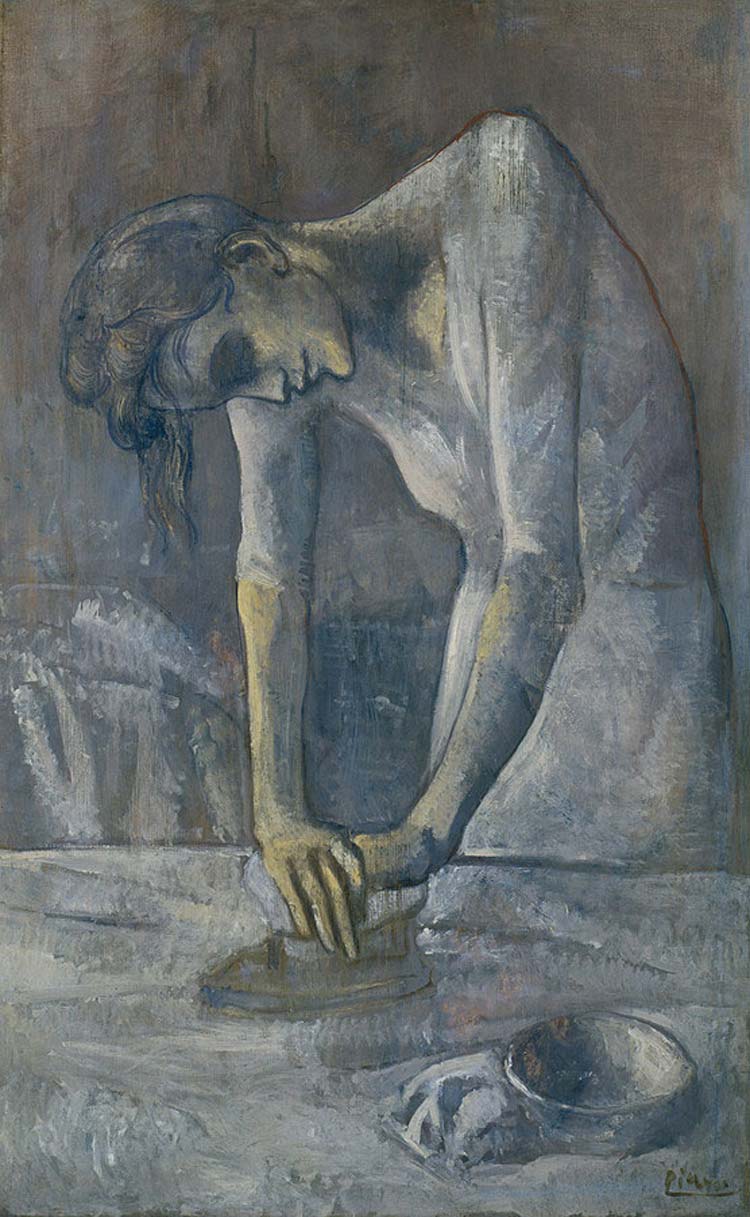The Guggenheim in New York wins the first battle for possession of Pablo Picasso’s Repasseuse (“Woman Ironing”), a 1904 work at the center of a dispute pitting the American museum against the heirs of Jewish collectors Karl Adler and Rosi Jacobi, who sold the work in 1938, under Nazi Germany, before leaving the country to move to Argentina. According to the heirs, in fact, the couple was forced to sell off the work, which was sold in 1938 to raise money in order to finance their escape from Germany: Adler, a business executive, as a Jew had in fact lost his job, as had all the members of his family. In order to be able to leave Europe in the direction of the Americas he also sold the Picasso painting, for only $1,552 (about $32,000 today), a figure considered extremely low (in 1931 in fact it had been valued at ten times that amount): the work was bought by the son of gallery owner Heinrich Thannauser, Justin, who according to Adler and Jacobi’s heirs was no stranger to buying masterpieces from Jews at bargain prices, taking advantage of their situation.

The first round went to the Guggenheim because the Manhattan Supreme Court, which tried the case, could not prove that there was coercion during the sale. Judge Andrew Borrok ’s decision also took context into account. The painting came to the Guggenheim Foundation in 1976 through a donation from Justin Thannhauser. The judge, in his ruling, determined that “in 1974, and prior to acquiring the painting, the Guggenheim contacted the Adlers and asked specific questions about the painting’s provenance, to which the Adlers never indicated in any way that the sale was tainted by duress as the plaintiffs now charge.”
In addition, Judge Borrok said the heirs of the two collectors failed to prove any specific duress the family allegedly suffered in connection with the sale of the Picasso work. The complaint, the judge wrote, assumes that sales made “during the Nazi era are per se void or voidable because such sales took place in a coercive market created by the Nazis,” but there would have been no specific coercion related to this particular sale. According to the judge, “no threat loomed if Adler refused to sell the painting to Justin Thannhauser when he did or at the price at which he sold it, either from the Nazis or from anyone who collaborated with the Nazis.”
 |
| Court agrees with Guggenheim in lawsuit against heirs of Jewish collectors |
Warning: the translation into English of the original Italian article was created using automatic tools. We undertake to review all articles, but we do not guarantee the total absence of inaccuracies in the translation due to the program. You can find the original by clicking on the ITA button. If you find any mistake,please contact us.